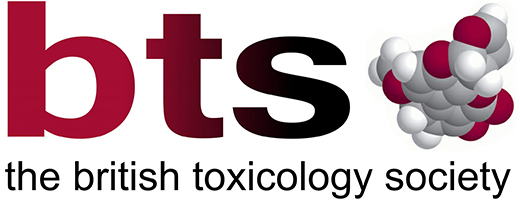Pharmaceutical Toxicology
In order to work, medicines have an effect on the body, and these types of chemicals often have other undesirable (and sometimes unexpected) side effects. This makes designing safe new medicines particularly difficult.
Many new medicines fail in development because the safety concerns outweigh the benefits of the treatment. So, to reduce wasted time and effort, pharmaceutical toxicologists join the drug development team early in order to help screen out targets and chemicals that would ultimately be unsafe for use in patients. Later in drug development, pharmaceutical toxicologists conduct a series of tests so they can show regulators that the drug is safe to use for its intended application.
Pharmaceutical toxicologists are needed throughout the drug development process. Their advice at each stage can help weed out chemicals that won’t be safe enough to use as medicines:
- Early in drug development, computer models can be used to predict toxicity based on knowledge of the intended target and chemical structure, or existing knowledge of the properties of the chemical or similar chemicals
- Once chemists have synthesised potential new drugs, in vitro screening tests can quickly indicate if the new drug is likely to cause skin or eye irritation, or damage DNA.
- Pharmaceutical toxicologists can use computer models and in vivo tests to understand whether metabolism within the body is likely to affect the toxicity of the drug.
- Once a promising candidate drug has been chosen, it must be more comprehensively tested for toxicity; this involves the use of animals. The blood and tissues from exposed animals need to be carefully examined for toxicity. Later in the drug development process, it may also be necessary to determine whether the drug may cause cancer, or is likely to cause developmental or reproductive toxicity – such as effects on fertility or birth defects.
- It may be necessary to design specialised studies to further investigate any toxicity. These experiments often involve sophisticated biochemical, immunological, molecular or microscopical techniques.
Before a new drug can be given to patients, the pharmaceutical company must demonstrate the safety of the drug in a series of laboratory tests. The exact nature of these tests is normally specified by pharmaceutical toxicologists working in regulatory authorities, such as the Medicines and Healthcare Products Regulatory Agency (MHRA), who will ultimately give permission for the drug to be used in humans.
Once the company is satisfied that the drug is effective in treating the disease, that any toxicity is low enough at therapeutic doses, and that the drug is likely to be commercially viable, pharmaceutical toxicologists then collate all the evidence to submit to a regulatory body for approval. If approval is granted, the drug can then be sold for general use in patients.
Even with all of this safety testing, very occasionally a rare unexpected side effect is discovered once a drug is approved and is then in use in a much wider population of people, many of whom may have complex health issues. Pharmaceutical toxicologists get involved to find out why the side effect occurs, and if and how the drug can be used safely. They are involved in all stages of the development of the drug, and so contribute significantly to improvements in public health.
Real Life Stories

